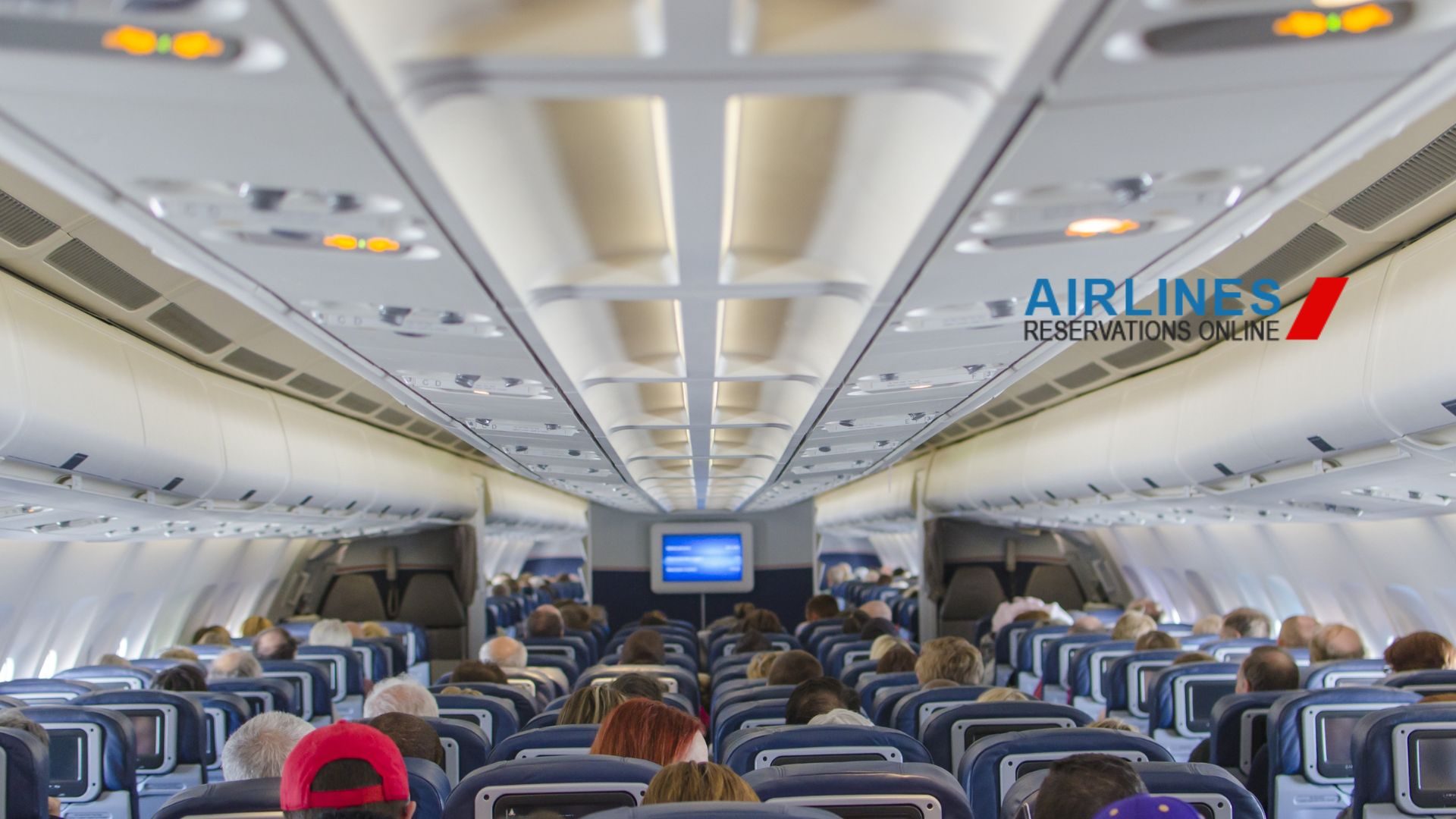Smart Traveler’s Guide to Finding the Best Flight Deals Online
In today’s fast-paced digital world, travel has become more accessible than ever before. Whether you’re planning a vacation, a business trip, or a spontaneous getaway, booking a flight is often the most expensive and daunting part of the journey. Fortunately, the internet is full of tools and strategies that can help you find incredible deals on airfare—if you know where and how to look.
This smart traveler’s guide is designed to help you navigate the often confusing world of online flight booking. From understanding pricing patterns to using advanced search tools and booking strategies, this guide covers everything you need to become a savvy airfare shopper. So, buckle up as we take you through the ultimate steps to find the best flight deals online.
1. Understanding How Airfare Pricing Works
Before diving into specific tips, it’s important to understand the factors that affect flight prices. Airlines use dynamic pricing, which means ticket prices fluctuate constantly based on demand, availability, time, competition, and even browsing behavior.
Key Pricing Factors Include:
Booking Timeframe: Booking too early or too late can both cost you. The sweet spot is generally 1 to 3 months in advance for domestic flights and 2 to 8 months for international trips.
Seasonality: Prices rise during holidays, festivals, and school vacations. Traveling during shoulder seasons (just before or after peak season) usually yields better deals.
Day and Time of Travel: Flying midweek (Tuesday or Wednesday) and at less popular times (early morning or late night) often results in lower fares.
Demand and Competition: Airlines monitor each other and adjust prices accordingly. Routes with more competition typically offer better rates.
Understanding these patterns is the first step in getting better deals.
2. Best Websites and Tools for Finding Cheap Flights
To find the best fares, it’s essential to use multiple search engines and fare comparison tools. Each platform may offer different results depending on how they source their data.
Top Flight Comparison Sites:
Google Flights – User-friendly interface, allows for flexible date and destination searches, and shows fare trends.
Skyscanner – Great for exploring cheap flights across months or even to “Everywhere.”
Kayak – Offers fare predictions and price alerts, along with multi-airline bookings.
Momondo – Known for finding lesser-known, cheaper airlines and travel agents.
Hopper – An app that predicts price trends and notifies you of the best times to book.
Using more than one site helps ensure you’re seeing the full picture and not missing out on hidden deals.
3. Tips for Finding the Best Deals
A. Be Flexible with Dates and Destinations
The more flexibility you have, the better your chances of scoring a deal. Use features like “Flexible Dates” and “Explore Destinations” on search engines to broaden your options.
Cheapest Month Feature (Skyscanner)
Date Grid & Price Graph (Google Flights)
Everywhere Search (Skyscanner)
B. Set Fare Alerts
Most major platforms offer price alert features where you can monitor specific routes. You’ll get notified when prices drop, saving you time and money.
C. Use Incognito Mode or Clear Cookies
Some travelers believe repeated searches can increase flight prices due to cookies tracking your interest. While this is debated, using incognito mode or clearing your cookies is a simple precaution.
D. Book on the Right Day
Studies often suggest Tuesday or Wednesday as the best days to book flights. While not guaranteed, mid-week bookings are generally cheaper than weekend searches.
E. Look for Error Fares and Deals
Sometimes airlines or third-party sites accidentally post mistake fares. Websites like:
Secret Flying
The Flight Deal
Scott’s Cheap Flights
track these rare but incredible deals.
F. Consider Nearby Airports
Flying into or out of alternate airports can result in major savings. For example, instead of flying directly into New York City, check fares into Newark or even Philadelphia.
4. Use Points, Miles, and Rewards Programs
If you travel frequently, consider joining a frequent flyer program or using a travel rewards credit card.
How to Leverage Rewards:
Join Airline Loyalty Programs – Even occasional travelers can benefit from accumulating points.
Use Travel Credit Cards – Cards like the Chase Sapphire Preferred or American Express Gold offer generous travel points and benefits.
Book with Points – Sometimes, point redemptions offer better value than cash fares, especially on international or business class flights.
Many travel hackers book round-the-world tickets using only miles and a bit of strategy.
5. Watch for Extra Fees
A cheap ticket may not be a good deal if the airline tacks on excessive baggage, seat selection, or service fees.
Low-Cost Carrier Watch-outs:
Airlines like Spirit, Ryanair, and Frontier may offer ultra-low fares but charge for basic necessities.
Always check what’s included in the fare.
Use tools like SeatGuru to compare seat sizes, legroom, and onboard services.
Sometimes paying a bit more for a traditional carrier can actually save money in the long run.
6. Best Times to Travel for Cheap Flights
Timing is everything. Here are general trends to guide your planning:
Off-Peak Seasons: Avoid December holidays, summer school breaks, and spring break.
January–March & September–October: Often the cheapest months for international travel.
Red-Eye Flights: Late-night or very early departures are usually less in demand and cheaper.
Being strategic about when you fly is just as important as how you book.
7. Consider Booking One-Way or Multi-City Tickets
Sometimes booking two one-way tickets (even on different airlines) is cheaper than a round-trip.
Tools to Try:
Google Flights’ Multi-City Tool – Helps build complex itineraries.
Kiwi.com – Great for combining budget carriers in ways traditional systems can’t.
AirTreks – Specializes in round-the-world and long-haul multi-stop travel.
These tools allow for custom, creative itineraries that can result in both savings and adventure.
8. Don’t Wait Too Long to Book
While it’s smart to monitor prices, waiting too long can backfire—especially during holidays or high-demand travel seasons.
General Booking Windows:
Domestic Flights: Book 1 to 3 months in advance.
International Flights: Book 2 to 8 months in advance.
Holiday Travel: Book 3 to 6 months ahead for the best rates.
Using fare prediction tools can help you determine when it’s time to lock in your fare.
9. Check Airline Websites Directly
Once you’ve found a good fare on a third-party site, visit the airline’s official website. Sometimes, booking directly offers the same or better price with added benefits like easier changes, better customer service, or extra perks.
Some airlines also reserve exclusive deals for direct bookings, avoiding third-party fees.
Conclusion
Finding the best flight deals online isn’t about luck—it’s about strategy, flexibility, and knowing where to look. By understanding how airfare pricing works and leveraging tools, rewards programs, and flexible planning, you can save hundreds (or even thousands) of dollars on your next trip.



